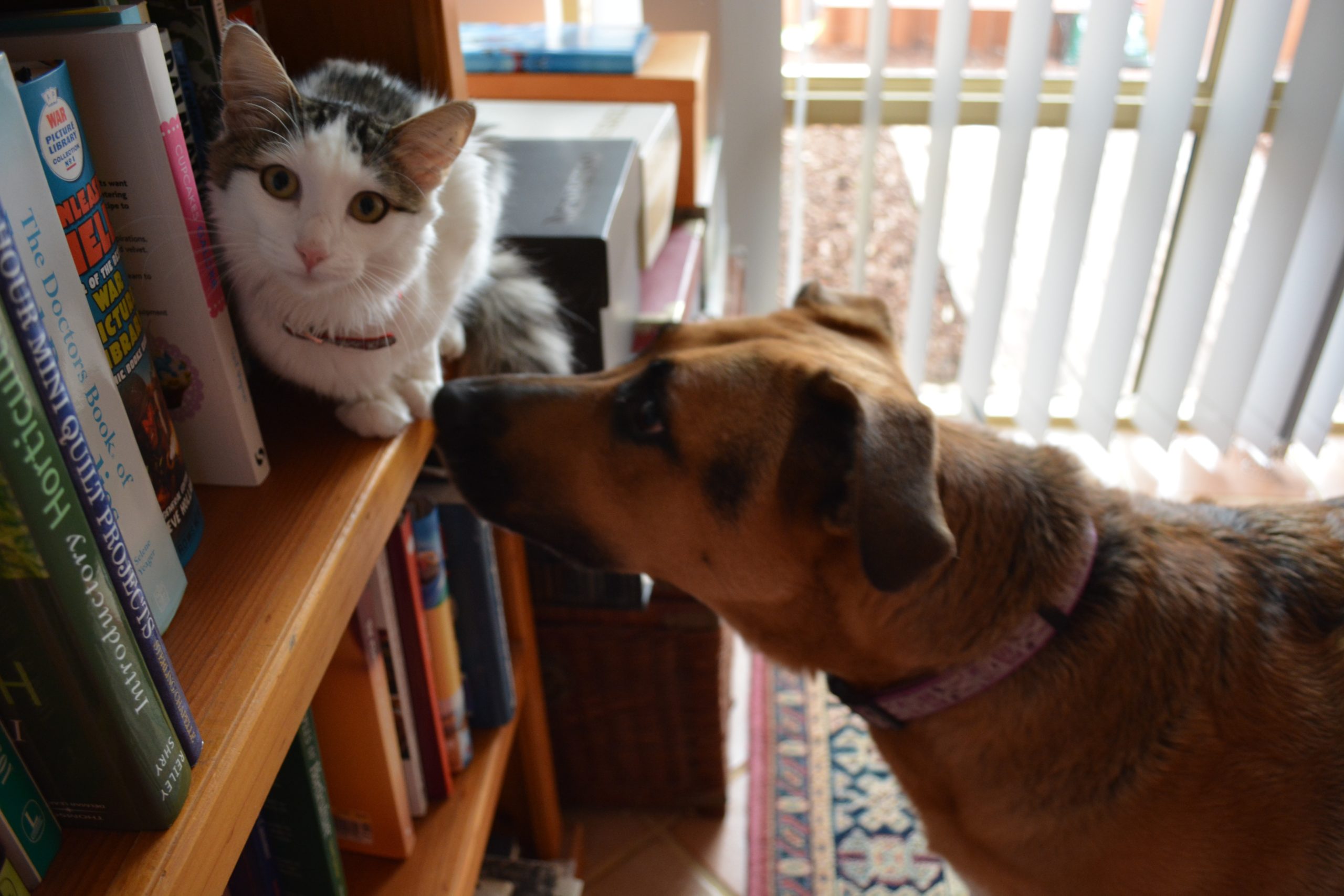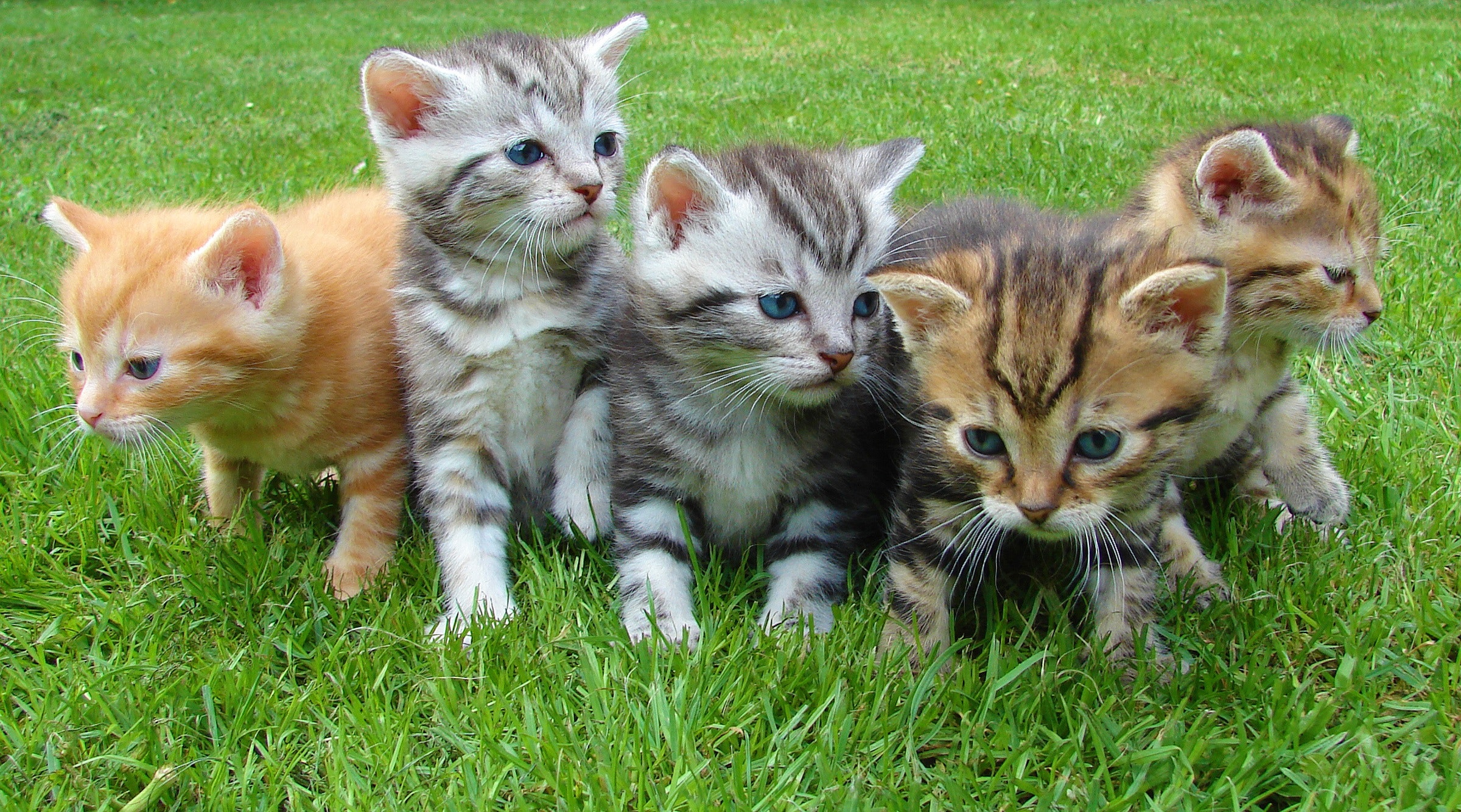Aside from climbing trees, scratching furniture and resolutely ignoring you except at mealtimes?
Yes, we’re talking about PURRING.
But what actually is purring? That delicious sound that makes us cat owners feel so good because we think we have made our cat happy!
The modern facts of the purr are now reasonably well documented. The sound is due to air vibrating at about 25 Hz (= 25 pulses per second), with different decibels (loudness) depending on the individual cat.
The resonance is felt as vibrations all over the cat’s body. Cats can purr even when their diaphragm (the muscle which divides the chest from the abdomen and whose movement provides some of the ‘pull’ to bring air into the lungs) doesn’t work. The diaphragm gives the air more pressure and movement so the purr is more distinct.
Researcher Elizabeth von Muggenthaler of the Fauna Communications Research Institute in North Carolina (FCRI), a specialist in the field of bioacoustics, set out to analyse the purr. She recorded and then measured the purr of forty-four felids (members of the cat family) including cheetahs, ocelots, pumas, domestic cats, and servals.
She discovered cats, from your house pet to big cats such as cheetahs and tigers in the wild, generally purr in the range of 20 to 140 Hertz (Hz). Some are as high as 150 Hz but the average housecat comes in at about 25 and 50 Hz.
Merlin the purring cat has been ‘clocked’ at 100 dB! Have a listen! It’s the same as a lion!
So, doesn’t that just make all cats PUURRFECT!





